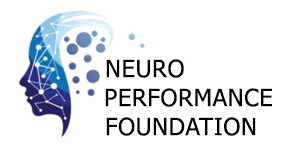Why TMS is so Important

Treatment Resistant Depression is a chronic, medical illness that requires constant vigilance. Unfortunately, many people feel that therapies such as medication, ECT, talk therapy, and TMS are cures for this chronic illness. They are not cures — they are simply tools we are blessed to have available to us. However, it’s up to us as patients to find the tool that offers relief from the dreadful symptoms of major depression and use that tool regularly for our mental health.
My tool is TMS and I encourage others who have failed to receive relief from two or more medications (or who cannot tolerate the difficult side effects of the side effects) to consider the possibility that TMS could provide you with relief.
Although it’s been over sixteen years since my failed suicide attempt in 2009 and over fifteen years since my first full course of TMS therapy, my gratitude and relief that it has kept me alive for this long continues.
